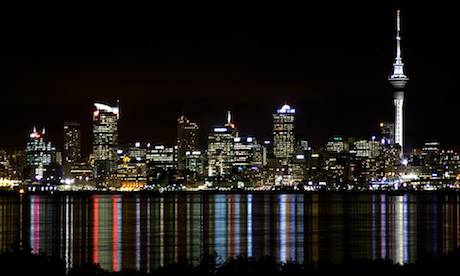Economist Brian Easton says New Zealand’s sexy image on the global business stage does not necessarily translate to a better life for those on low incomes, particularly women and children.
Easton, who’s recently published a user’s guide to economic inequality, says inequality is difficult to measure.
One indicator might show it going up while another has it coming down or staying the same, ‘so it’s easy to choose the indicator you want’.
But, he says, all the indicators are that New Zealand suffered a sharp rise in inequality as a result of policy changes to tax rates and benefits 30 years ago and is now in the company of those OECD countries with the biggest gap between rich and poor.
‘The simple way to put this is that in the 1980s we were in the bottom half of the OECD as far as inequality was concerned. Those above us had greater inequality.
‘By the mid-1990s we were in the top half — among the most unequal parts of the OECD — and it’s still like that.’ Continue reading.
Cecily McNeill has edited Wel-Com, the newspaper for the Wellington and Palmerston North dioceses, for the past eight years, and worked as a radio journalist for 20 years.
Source: Eureka Street
Image: mimosaplanet.com
Additional readingNews category: Features.




